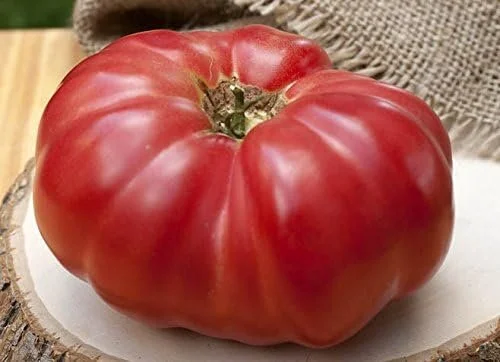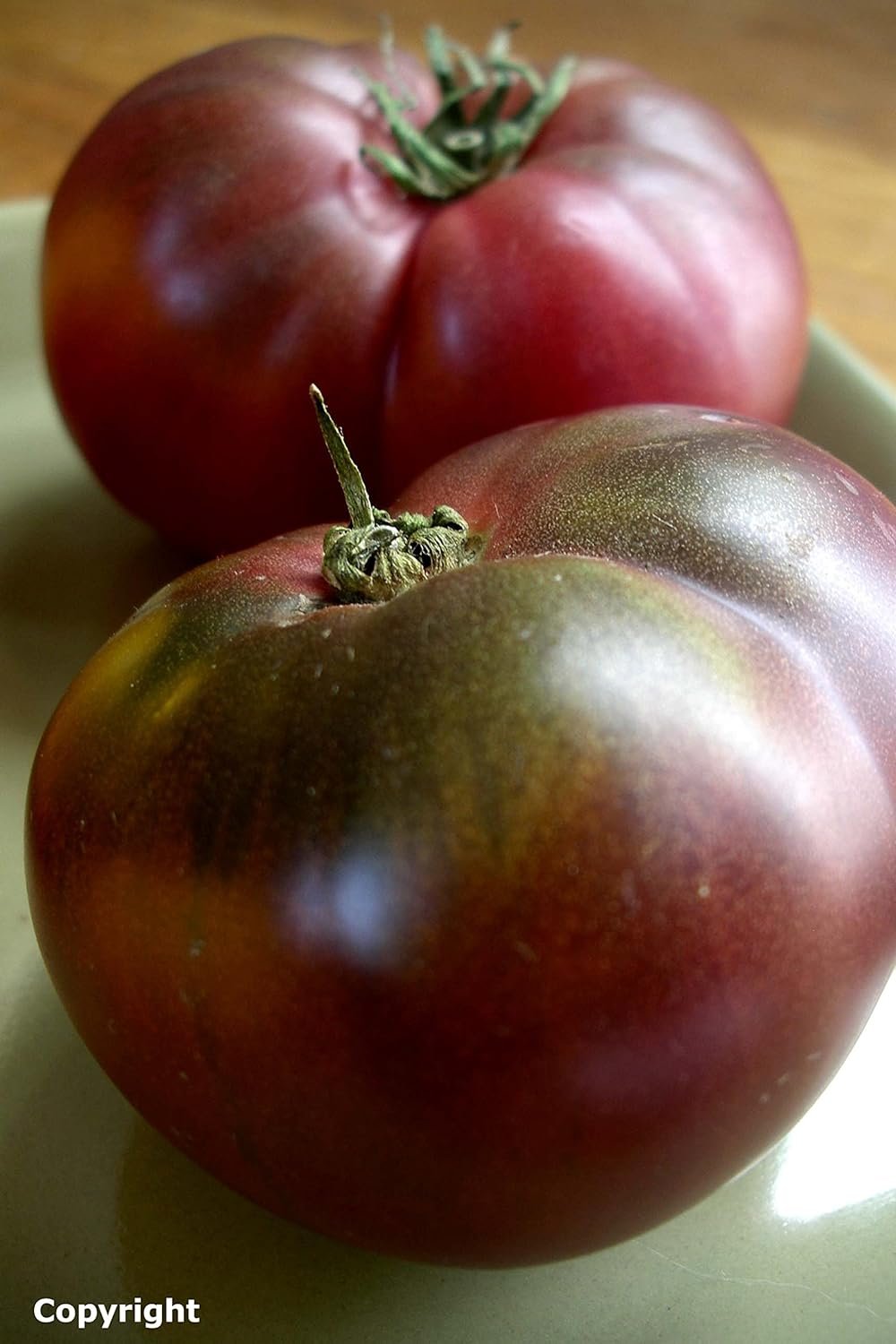For a long time, gardeners were unwilling to change tomato varieties. What worked for their grandfather still worked for them. And since that variety performed well, this wasn't a bad philosophy. Probably, though, many others would have done just as well or better.
Many old tomato varieties are still in circulation. But in recent years, many gardeners have adopted hybrid varieties that have better disease resistance and better yields.
Even more recently, tomato growers have been faced with the ever-increasing presence of tomato spotted wilt virus. Transmitted by thrips, this virus is not only the plague of commercial growers but is actually even worse for home gardeners.
Only in the past couple of years have varieties been introduced that have resistance to TSWV. Since then, many gardeners have opted to go with a resistant variety to be able to grow tomatoes successfully.
TSWV resistance
Over the past few years, there have been two varieties with resistance to TSWV: "BHN 444" and "BHN 555." These have become more available to gardeners in the past year or two.
This season, for the first time, three new varieties with TSWV resistance were released: "Amelia," also known as HMX 0800, from Harris Moran Seed Company; "BHN 640," an improved BHN 444 from BHN Genetics; and "503," from Seminis Seed Company.
These varieties are generally only available in large seed quantities. So gardeners will find it easier to buy plants than seed.
However, in 2002, TSWV was detected to some degree in resistant varieties. The resistance in these varieties is from a single dominant gene. In layman's terms, this means that the resistance can more easily be broken by the virus than if it were a multi-gene resistance trait.
Fragile resistance
The resistance in all of these varieties is the same. Therefore, when resistance is broken in one it will likely be broken in all of them.
What does this mean? Primarily it means the resistant tomatoes available right now will probably only buy growers a little time before TSWV overcomes this resistance.
In the meantime, we can hope that other types of resistance can be found.
Other than TSWV-resistant types, there still are an abundance of tomato varieties available, including heirloom and novelty varieties as well as many hybrids
For instance, have you ever heard of a white tomato? "White Beauty" is only one of several white varieties available. "Cherokee Purple" has dusky, rose-purple fruit. "Green Zebra" is amber green with dark green stripes when mature. "Hillbilly" is a huge, bicolored tomato that has yellow-orange skin with red streaking.
There are many beefsteak varieties, oxhearts, brandywines, paste and grape tomatoes, too, and many imported from other parts of the world.
Remember "Abraham Lincoln" (the tomato, not the president)? It was introduced in Illinois in the 1920s. "Mortgage Lifter" is a variety Uncle Joe used to grow. Legend has it that the first farmer that grew it sold enough tomatoes to pay off his mortgage.
Garden varieties
There's a difference between garden varieties and shipping tomatoes. The ones for commercial growers have been bred for shipping (including all TSWV-resistant varieties). They will stay firm longer than garden varieties. But tomatoes will almost always taste better when picked vine-ripe.

